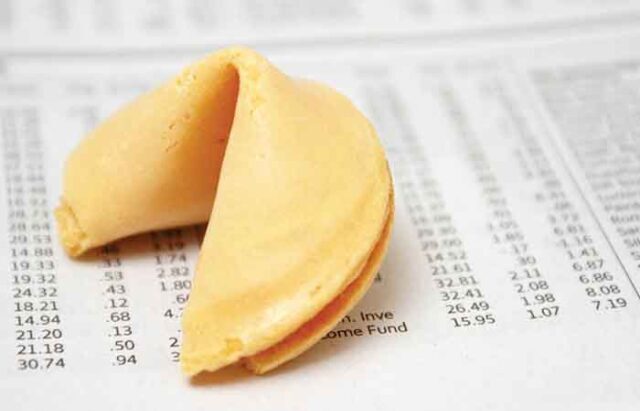Much like the returns seen in the US in 2017, much of this performance was given by the share price gains of several large internet companies, namely Tencent and Alibaba. So, as the firecrackers are set to go off and red envelopes of money are handed to children, what sort of gains should UK investors be expecting over the course of the next year and what is the best way of accessing it?
In some quarters, dogs are associated with bad performance (thanks largely to Tilney’s Spot the Dog list) but in 2017 those willing to take risk in their portfolios and have some China exposure were very well rewarded. With an average fund return of 36.51%, the IA China sector was the best of performer of all peer groups and it has started 2018 in similar fashion.
For the month of January, China was again the best performing sector for retail investors with the average fund up 4.2%. So, can this continue, or is a slowdown imminent?
“With western market slang in mind it may be a bit unfortunate that on 16 February China will welcome the Year of the Dog, especially as the Shanghai Composite index has been caught up in the turbulence caused by concerns over US interest rates and the gradual withdrawal of quantitative easing by the US Federal Reserve,” says Russ Mould, investment director at AJ Bell.
“Whether they have direct exposure to China or Chinese companies, or indirect exposure via companies which operate there, investors will need to keep an eye on the Middle Kingdom in 2018 as it has the potential to influence a range of asset classes – note how the Bloomberg Commodity index seems to take its lead from market and economic events in China.”
The positives
Mould says the good news is that GDP growth of 6.9% exceeded both Party targets and consensus forecasts in 2017. He adds that the International Monetary Fund (IMF) also expects further strong progress in 2018 and 2019 and does not appear undulate concerned of a ‘hard landing’, namely a scenario in which Chinese growth slows suddenly.
“A surge in the currency, the renminbi, also speaks of economic health,” he adds. “Global markets panicked in summer 2015 and early 2016 amid fears that China would try to devalue its way out of a growth slowdown and export price cuts and deflation around the world.”
Camilla Ritchie, lead manager of the Seven Investment Management Sustainable Balance fund, says it is fitting that the Chinese New Year coincides with a change of government focus towards improving its citizens’ wellbeing. She adds while the emphasis on growth remains, it is not a case of growth at any cost – environmental and health issues are now coming into focus.
“China goes into the Year of the Dog with a more environmental and sustainable growth policy than it had last year. Blue skies over Beijing this winter is visible evidence of the effectiveness of a crackdown on air pollution, achieved by putting tight restrictions on heavy industry. Despite warnings that this would lead to a drop in the growth rate, overall economic growth has actually been reasonably well contained.
“Meanwhile, China has vowed to raise the portion of its renewable and non-fossil fuel power consumption to 15% of the energy mix by 2020 and there are plans to increase production of electric vehicles and ban combustion engine vehicles altogether. Geely Auto, the owners of Volvo Cars, has already said it will cease production of fossil fuel-powered vehicles by 2020.”
The negatives
At barely 20% of GDP, Mould notes China’s government debts are low especially compared with the West, but he says it is still running an annual budget deficit and its borrowings are rising. In addition, he says a lot of debt sits between the government and the private sector within the State Owned Enterprises, while the Chinese Party is also concerned about the extent of the private sector’s liabilities.
Article continues on the next page…








